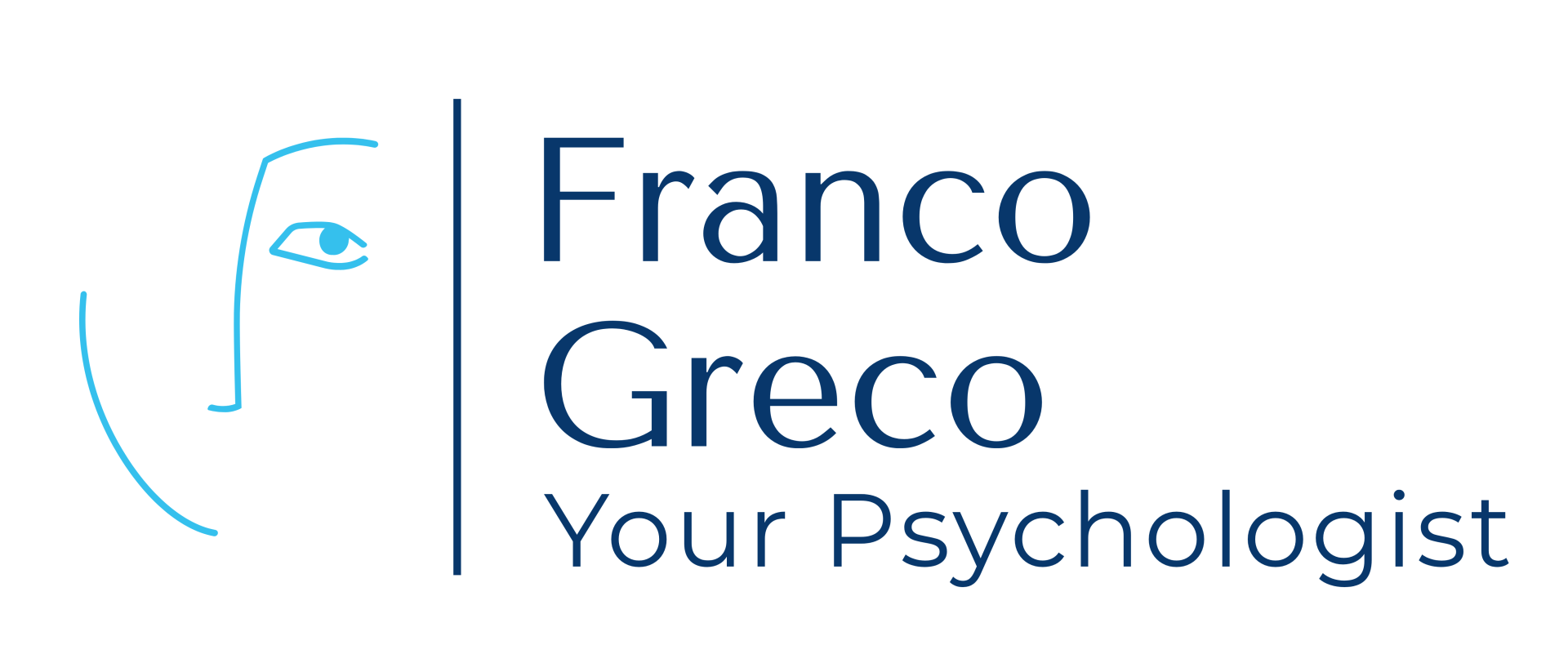Couples Schema Therapy
When you come to see me for the first time and I will ask you why you are coming to see me. I will collect a whole range of information (in the first and subsequent second session through surveys that you need to complete).
This is important for us to form a clear (and evolving picture) of who you both are and locate where and what are your presenting problem/s root cause issues.
And begin the journey to work in addressing them.
I will also be noticing how you two interact. This gives me some fundamental information on your default relationship mode cycle. This is important! Why?
I will explain below.
Then interrupt in a very soft way:
“I don’t mean to be impolite but I just want to ask you whether this a typical interactional pattern between you?" If yes ... this would give us the chance to analyze it."
Then we will discuss, our working model to you.
It contains just 3 core elements:
- 2 underlying core needs everybody has. On the one hand we have the core need for attachment, belonging and loving connection. On the other hand, we have the core need to feel assertive and autonomous, to express ourselves in the world, be respected, gain control of the situation. They are sort of two legs we stand on, a polarity building a balance. You need both legs to stand on, if you want to be in balance. The more you lean on your assertiveness side, the more you turn to be self-centered and people might not like you very much. The more you lean to the attachment side an act cooperative up to sacrifice yourself the more other people may like you but you may lose your sense of self and feel exploited. Thus, we strive for a good balance between the two poles trying to keep you centered in a flexible way.
- 4 negative basic emotions: basic emotions are “pure feelings”. According the model of Paul Ekman (www.atlasofemotions.org) there are 5 basis emotions. 4 emotions are negatively tainted: fear, sadness, disgust and anger. The fifth is positive: It is joy.
- The four negative basic emotions work like red lights on the dashboard of a car indicating, that a core need is not met. This basic emotion is pre-cognitive. There are no thoughts involved yet.
- Fear and sadness indicate that our need for attachment is not being met.
- Disgust or anger appear when our need for assertiveness and autonomy is not net.
- The primary fear (or sadness) can shift into a secondary anger when we try to connect to our partners. If the mother gives in, this will not result into the same good feeling you have when you connect in nice and loving way. We feel happy or contented, when our two core needs are adequately met.
- 3 major coping behaviors or coping modes: Have you ever seen two dogs meeting for the first time on an opened field? It’s usually a potentially threatening situation for both of them and they have 3 major options to interact with each other: fight, flight or surrender. And that’s really about it. We call them “coping styles”. And we humans are really not that different when it comes to interacting with each other: we can try to dominate and become the dog on the top, we can surrender and become the dog laying on his back or we can back off and go into any kind of avoidance. We cannot escape these three options.
Our goal in therapy
is to soften the edges of these three coping styles and try to make use of them in a moderate and flexible way. So instead of surrendering we cooperate, instead of dominating we take a firm stance, and instead of detaching we step back and distance from our emotions but try to remain available for the partner. This flexibility is what we call, healthy adult.“
The idea in schema therapy is to help you to find a way out of your “fixed roles” if you feel uncomfortable with them.
I will try to support both of you to encounter each other on eye level in a more or less balanced and flexible way. This requires access to the full spectrum of coping behavior, being in touch with all possible emotions and caring for the two core needs in a balanced way.
I will try to explain these 3 core elements of schema theory to you both in the first or second session as a framework of our work.
I will always check in to make sure you are understanding this framework. We will make use of every-day examples. Try to link every-day situations with the elements of the model. This could be an early homework for the couple.
Contact Information
0482 092 406
hello@yourpsychologist.net.au
hello@yourpsychologist.net.au
Consultation Hours
Wednesday: 9am - 9pm
REQUEST A CALL BACK
Thursday: 8am - 6pm
Friday: 8am - 6pm
